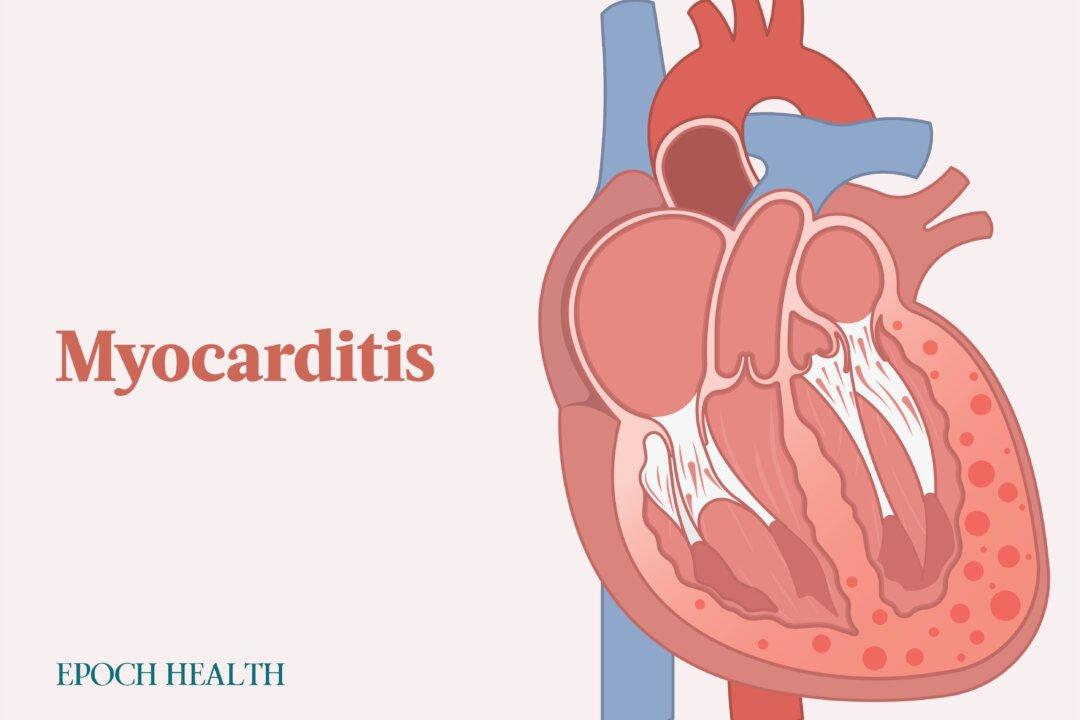The skin is a formidable barrier with attributes far beyond the potential workings of scientists or chemists. It is strong but supple, it fixes itself when damaged, and it changes color to adjust to the climate.
The skin is more active than many people realize; it even synthesizes various compounds, including immunoglobulin A, an antibody important in immune defense systems.






